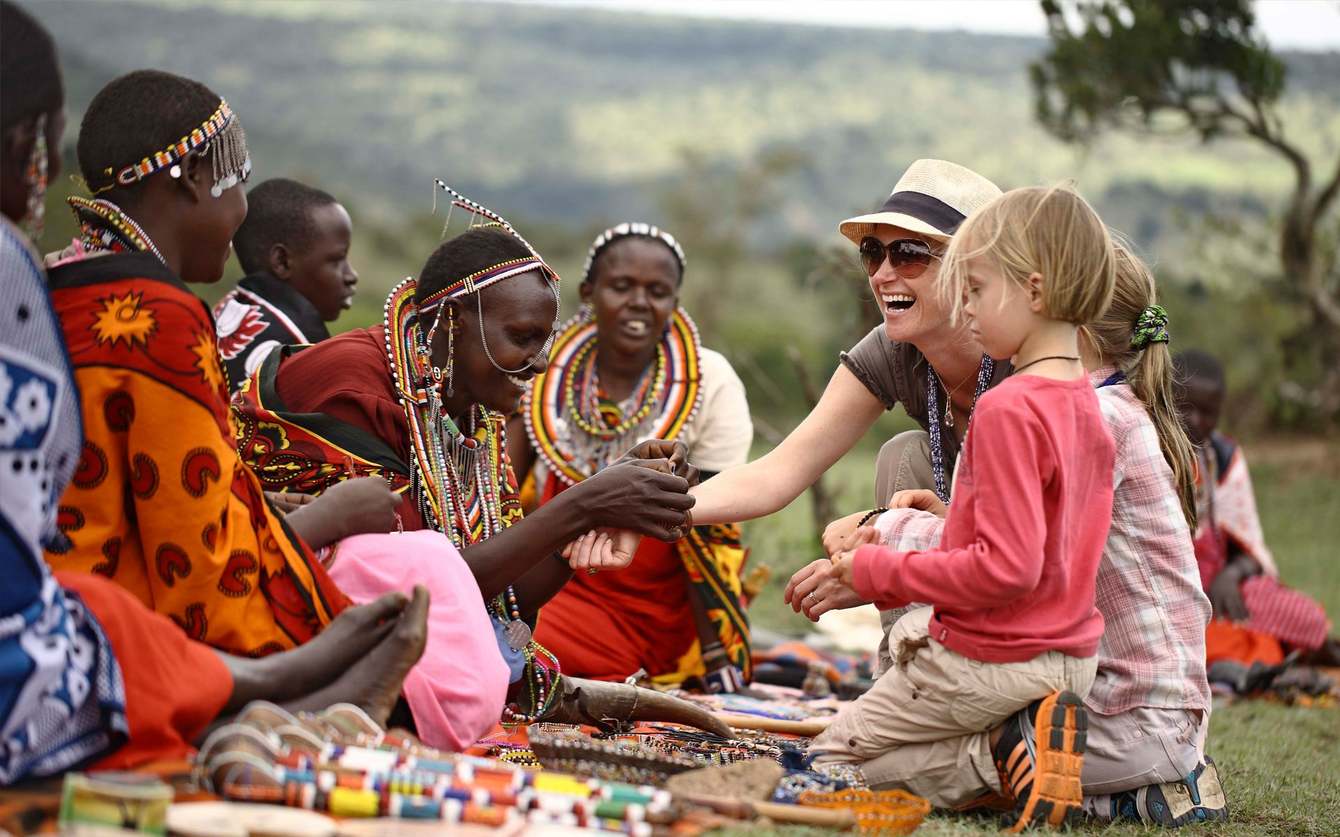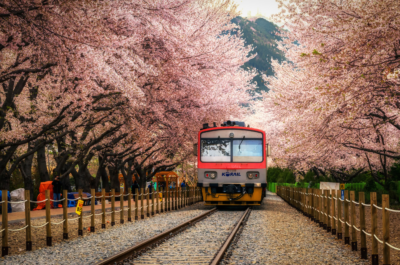Explore how authentic storytelling is shaping sustainable tourism worldwide, from Asia to the Americas and Europe. Discover its impact on local communities, conservation, and cultural exchange.
This article is part of the Balanced Tourism column.
Authentic storytelling has emerged as a powerful tool in promoting sustainable tourism, striking a balance between growth and conservation, and fostering meaningful contributions to local communities. With this article, I would like to explore the impact of authentic storytelling in sustainable tourism across diverse regions such as Asia, the Americas, and Europe.
The Essence of Authentic Storytelling in Tourism

Authentic storytelling in tourism involves sharing real, unembellished narratives about a destination’s culture, history, and people. It’s about telling the stories that are intrinsic to a place, often told by the locals themselves. This authenticity not only enriches the tourist experience but also fosters a deeper understanding and respect for the local culture and environment.
Balancing Growth and Conservation
1. Enhancing Visitor Engagement: Authentic stories captivate tourists, leading to longer stays and more immersive experiences. This deeper engagement can lead to increased tourism revenue without necessarily increasing the number of visitors, thus helping manage over-crowding.
2. Promoting Off-the-Beaten-Path Destinations: Storytelling can shift the focus from popular, often overcrowded sites to lesser-known areas. This redistribution of tourists aids in alleviating the pressure on over-visited locations while bringing economic benefits to more remote areas.
3. Encouraging Sustainable Practices: Stories that highlight a region’s environmental challenges and conservation efforts educate tourists on the importance of sustainable practices, encouraging them to make responsible choices during their travels.
Contributing to Local Communities
1. Economic Empowerment: By focusing on local stories, communities can develop unique tourism offerings. This leads to job creation and economic opportunities, particularly in rural or less developed areas.
2. Cultural Preservation: Storytelling is a powerful means of preserving cultural heritage. When tourists understand the value of local traditions and history, they are more likely to respect and support preservation efforts.
3. Building Bridges: Authentic narratives foster connections between tourists and locals, leading to a more meaningful and respectful exchange. This cultural exchange can break down stereotypes and foster global understanding.
Case Studies from Asia, the Caribbean, and Europe
There are a lot of inspiring examples. I am sharing some interesting illustrations from my own travels and work that I have experienced personally.
Asia:
Southeast Asia
Greater Mekong Subregion – Mekong Stories:
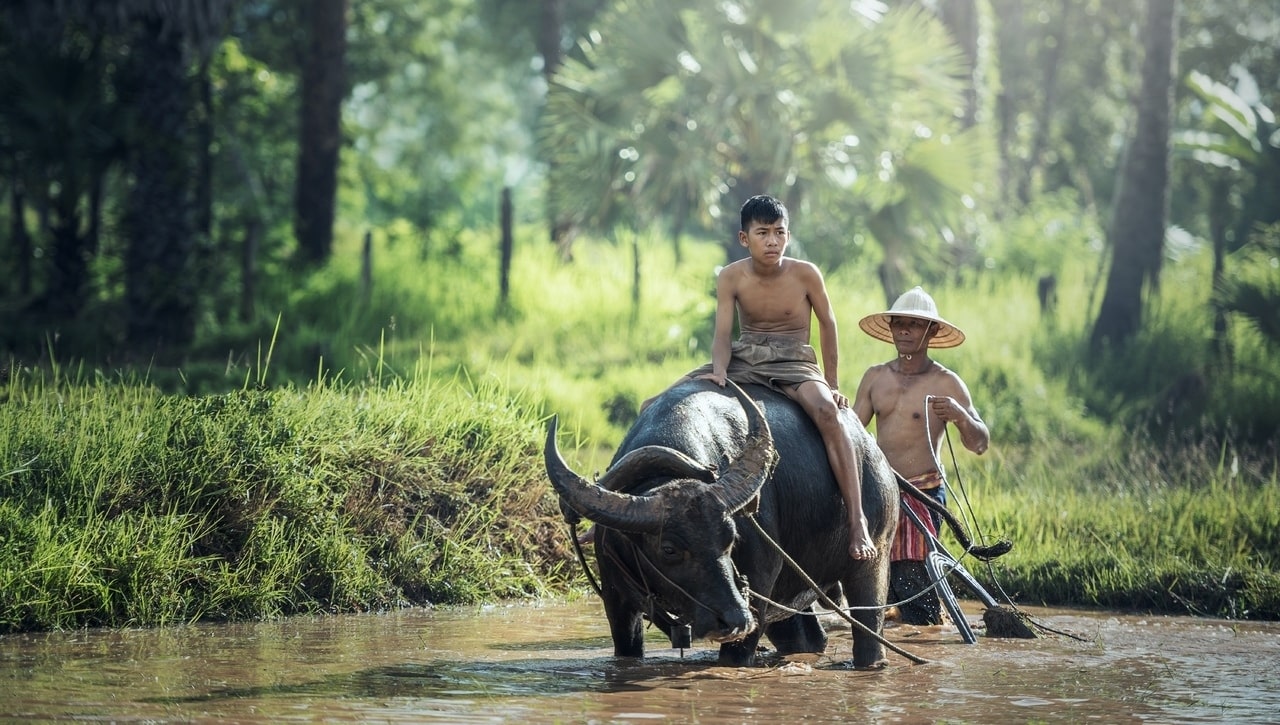
In rural parts of Southeast Asia, storytelling has been used to share the rich tapestry of local folklore, leading to an increased interest in village homestays and artisan crafts, directly benefiting the local economies. The Mekong Stories Initiative has created a platform for local communities to share their personal experiences and connections to the Mekong River. By narrating their lives, challenges, and dependency on the river’s health, these stories have raised awareness among tourists about the importance of environmental stewardship.
 The Mekong Stories Initiative has created a platform for local communities to share their personal experiences. This has led to more responsible tourism practices, such as supporting eco-friendly tours and community-based projects, which help sustain the local economies and preserve the river’s ecosystem. Download the Mekong Stories Book for free at MekongStories.com.
The Mekong Stories Initiative has created a platform for local communities to share their personal experiences. This has led to more responsible tourism practices, such as supporting eco-friendly tours and community-based projects, which help sustain the local economies and preserve the river’s ecosystem. Download the Mekong Stories Book for free at MekongStories.com.
South Asia
India:

Nathan Horton, photography tours. Gadisar Lake, Jaisalmer, Rajasthan, India.
The state of Rajasthan in India leverages storytelling to enhance its tourism appeal. Rajasthan’s storytelling has turned historical sites into living museums. Local guides at historical forts and palaces narrate tales of Rajput valor and grandeur, providing an immersive experience that goes beyond mere sightseeing. The impact here is twofold: it provides employment opportunities to local storytellers and guides, and it enhances the visitor experience, leading to longer stays and deeper engagement with the region’s culture and history.
Northeast Asia
China – Yunnan:
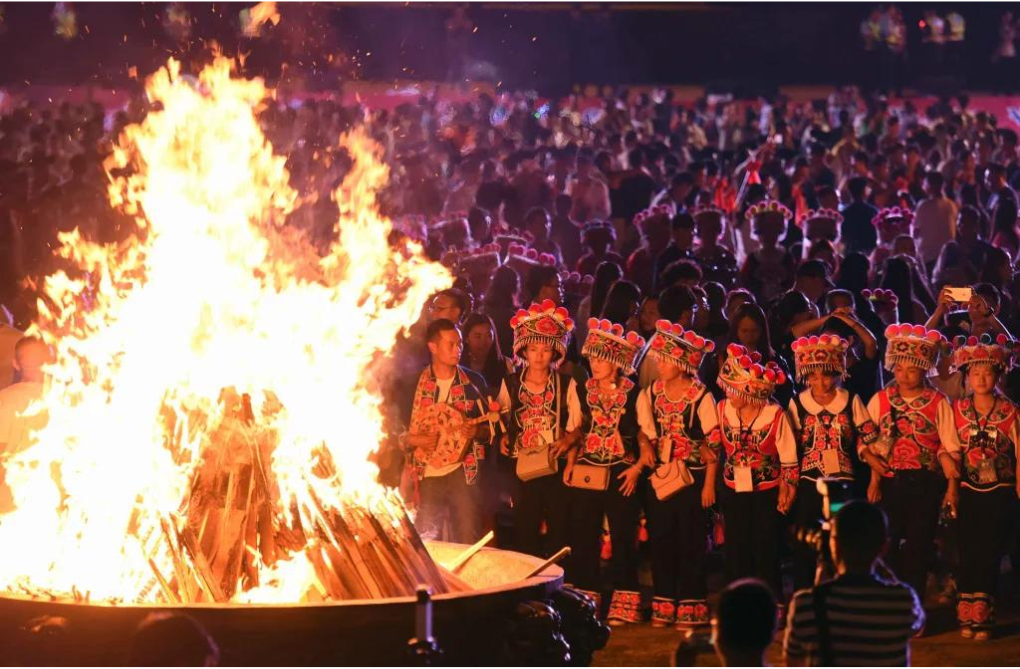
In Yunnan, storytelling by ethnic minorities has given tourists a reason to explore beyond the well-trodden paths. Here, storytelling involves sharing the myths and legends of groups like the Naxi and Yi people, offering tourists a window into the rich tapestry of minority cultures. This has led to more sustainable tourism development, as visitors spread out to different villages, reducing the impact on any single location and providing economic benefits to a broader community.
Japan:

The storytelling approach in Japan is often subtle and deeply intertwined with the travel experience. Japan’s focus on ‘Omotenashi’ or hospitality is often expressed through storytelling, emphasizing local folklore and traditions, which deeply enhances the visitor’s experience. For example, in Kyoto, tea ceremony hosts share stories of the city’s history and the significance of each ritual, deepening the cultural experience for visitors.
Korea:
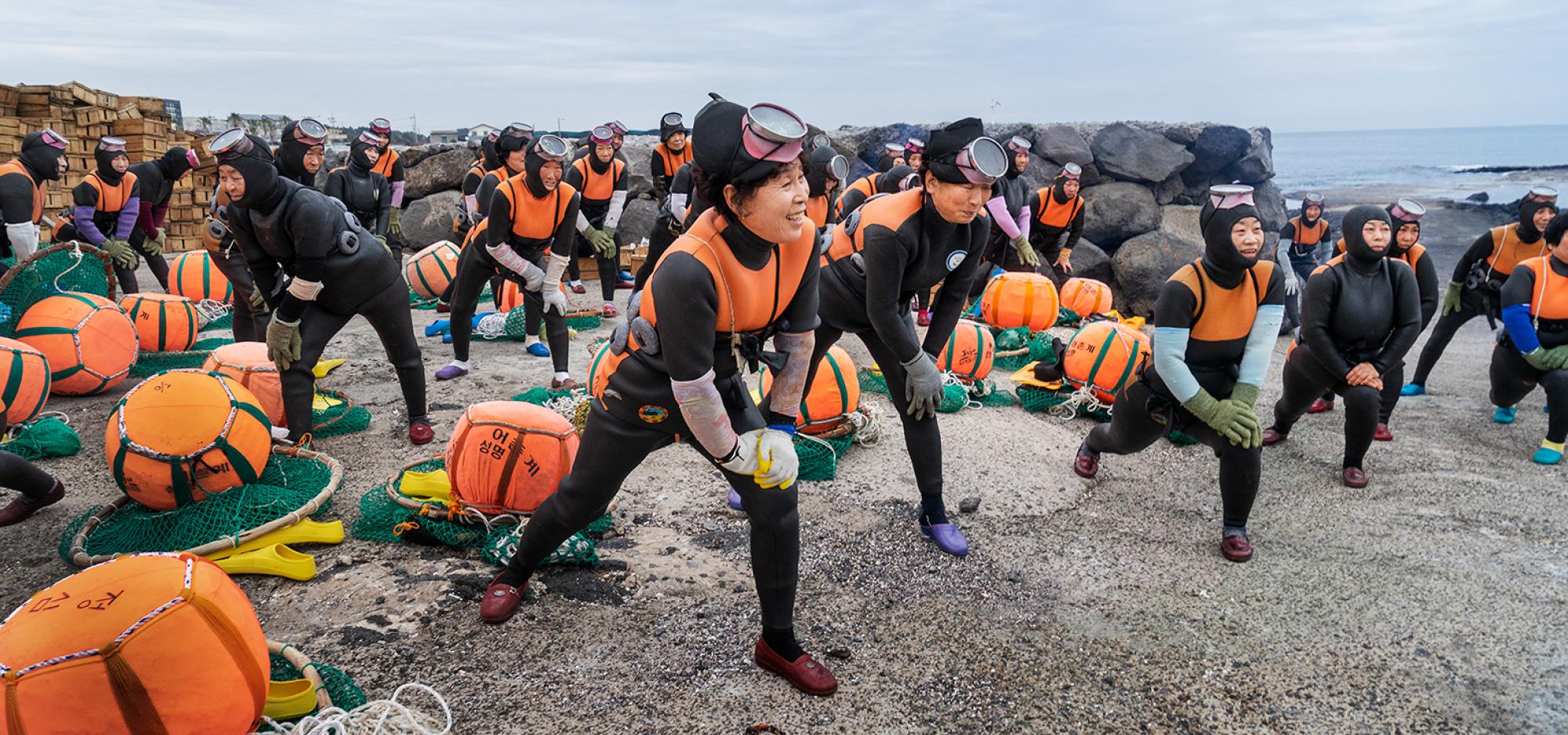
Jeju Haenyeo, Korea’s women divers warming up. A photo from the exhibition “The sea women of Jeju Island”. A photographic exhibition in WA Maritime Museum celebrating a community of women divers.
In South Korea, the Jeju Haenyeo (female divers) share stories of their unique sea-diving traditions and their role in the local community, offering tourists an insight into this UNESCO-listed cultural heritage.
Mongolia:

In Mongolia, nomadic traditions and the history of the Mongol Empire are shared through storytelling, offering tourists a glimpse into a unique way of life and supporting nomadic communities. The Naadam Festival’s storytelling aspect brings to life Mongolia’s history and traditions, drawing tourists to a cultural event that supports the local economy and promotes the preservation of unique cultural practices. Here, stories about the history of the Mongolian empire, the significance of the three games of men (wrestling, horse racing, and archery), and the nomadic lifestyle are shared, providing a rich cultural context for visitors.
Central Asia
Uzbekistan and Kazakhstan:
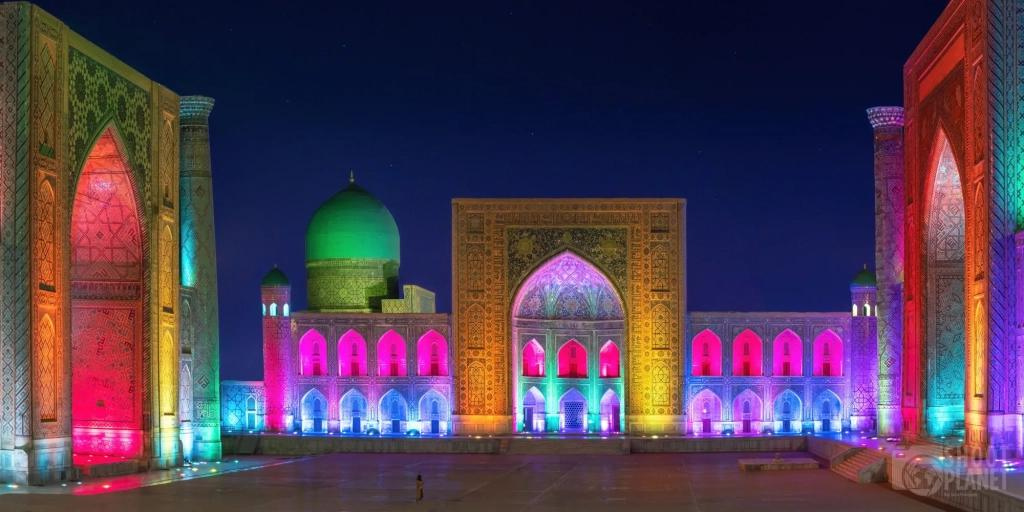
Along the Silk Road, cities like Samarkand and Almaty host storytelling sessions that recount tales of ancient traders, explorers, and local legends, connecting visitors with the region’s rich historical significance, emphasizing the historical importance of their cultures in global trade and interaction. The Silk Road stories have not only increased tourist interest in these regions but also fostered a sense of pride among locals. This pride, combined with the economic benefits of increased tourism, has encouraged the conservation of historical sites and cultural practices.
North America
Canada – Indigenous storytelling:

In Canada, indigenous tourism initiatives have used storytelling to share the rich and diverse cultures of First Nations people. Indigenous storytelling in Canada goes beyond mere entertainment; it serves as an educational tool, where visitors are invited to hear legends and histories from elders and community leaders. Through sharing tales of their ancestors, indigenous communities have been able to foster a greater understanding and respect for their traditions and way of life among tourists. This has promoted ethical tourism practices, where visitors are more conscious of their impact on these communities and their environments. This has not only educated visitors about Canada’s indigenous heritage but also brought economic benefits to these communities.
For instance, in British Columbia, the indigenous communities share stories that deeply connect visitors to the land and its history, promoting respect for environmental conservation.
USA – Cajun Culture:
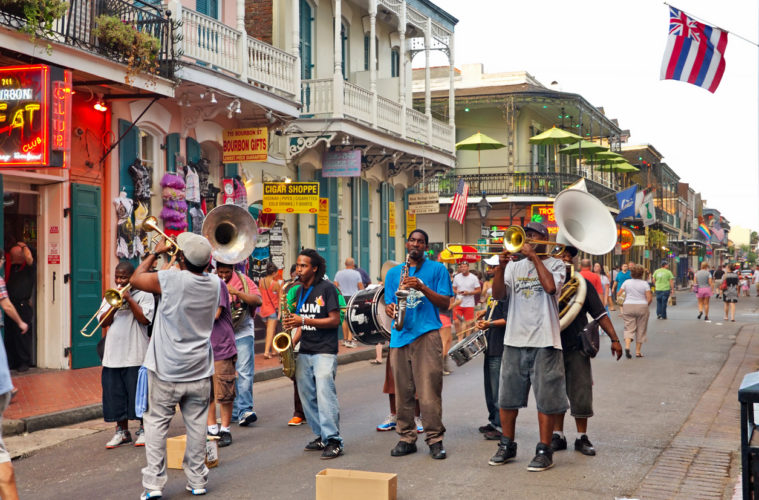
In New Orleans, Louisiana, storytelling has transformed the cultural landscape of tourism. By engaging visitors with the rich tapestry of Cajun and Creole culture through music, cuisine, and folklore, there’s a greater appreciation and respect for the region’s unique heritage. This has encouraged the preservation of these cultures and supported local businesses and artisans. These stories attract tourists interested in experiencing the unique cultural melting pot of the region, leading to a sustainable growth in cultural tourism.
Caribbean:
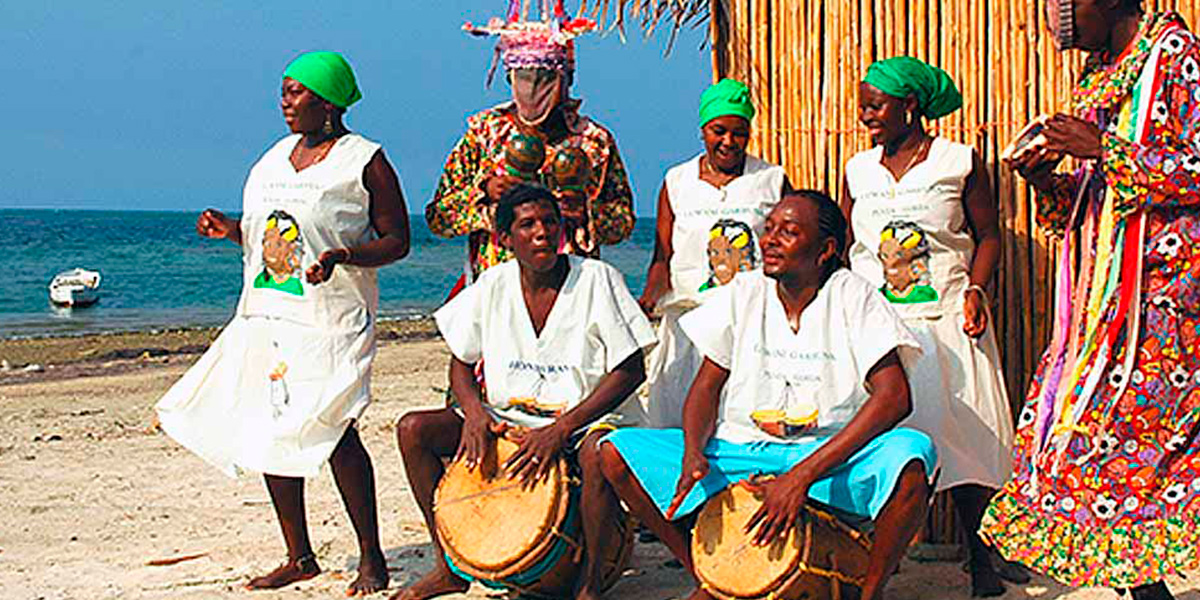
The Caribbean has leveraged its vibrant history and culture through storytelling, emphasizing the unique heritage of each island, which has attracted a more diverse range of visitors beyond the usual beach tourists. Throughout the Caribbean, its music stemming from African roots is a common intangible heritage that brings out the culture. The marketing campaign, “The Rhythm never stops” skillfully leverages this asset to inspire visitors to return after the 2017 hurricane.
South America
Peru – Tourism Diversification:
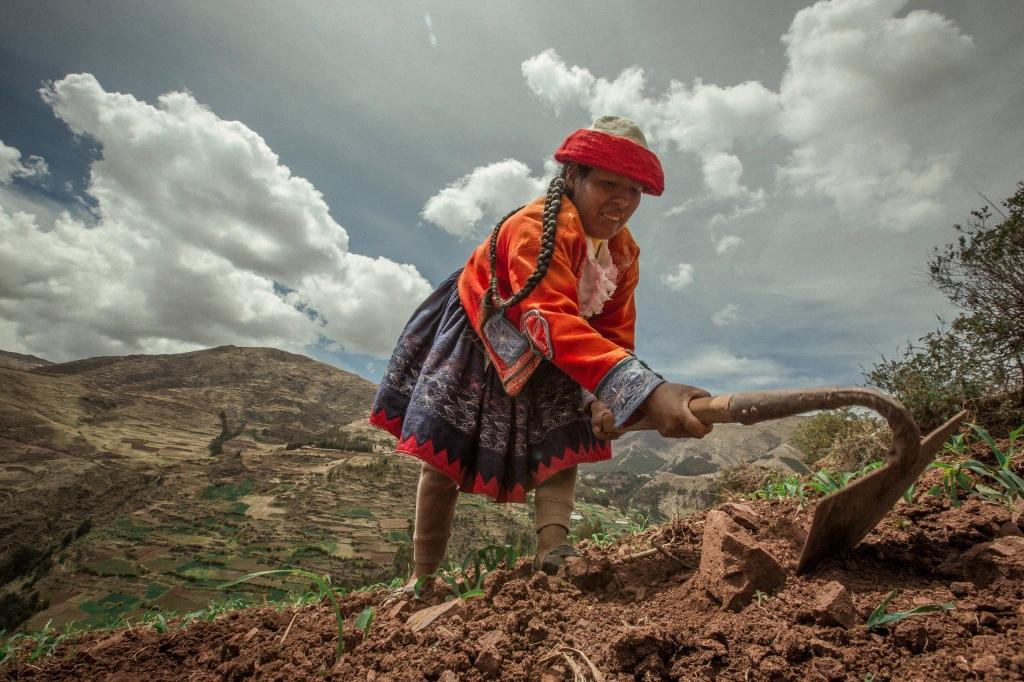
The storytelling in Peru’s Sacred Valley has helped diversify tourism away from just Machu Picchu. The local narratives have drawn tourists to community-led tours and homestays, spreading the economic benefits more evenly and alleviating the pressure on over-visited sites. This approach has also led to a deeper respect for the Quechua culture and traditions, promoting cultural preservation.
Middle East
Jordan – Petra Night Walk:
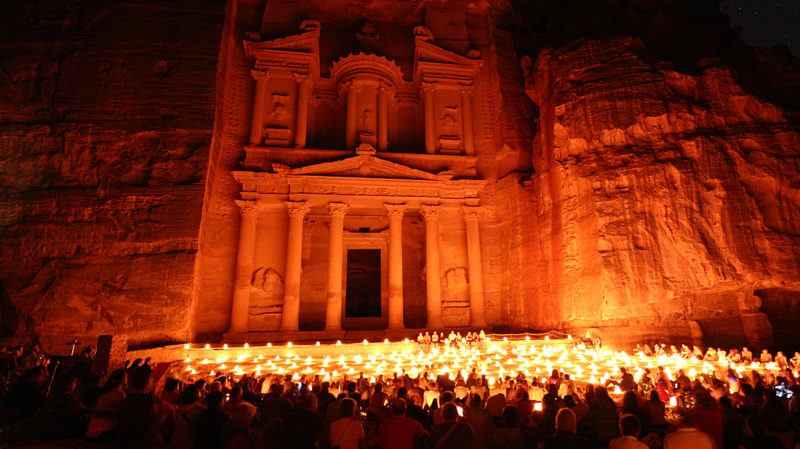
The Petra Night Walk’s storytelling aspect has enhanced the appeal of this UNESCO World Heritage site. And the visitor experience. The Bedouin tales and ancient stories not only enrich the visitor experience but also foster a connection to the site beyond its archaeological significance. Guides share ancient Bedouin tales and the history of the Nabateans under starlit skies, creating a magical and educational experience that promotes cultural appreciation. This connection encourages more responsible behavior from tourists, aiding in the site’s preservation.
Europe
Italy – Agritourism:
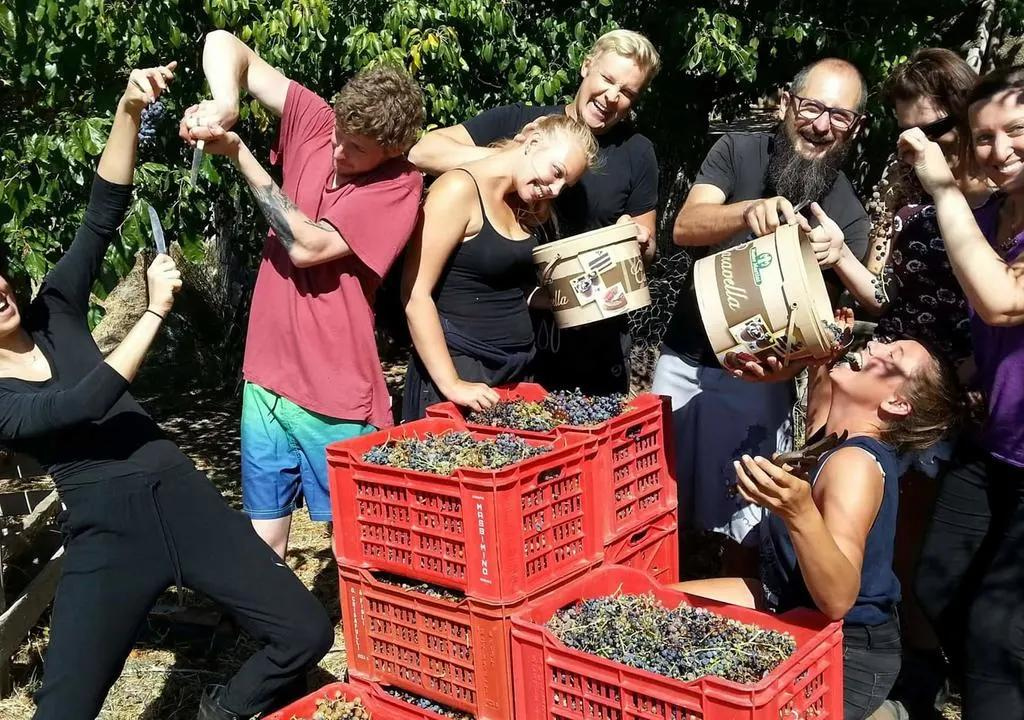
Destinations like Tuscany have used storytelling to promote agri-tourism, where visitors engage with local farmers and vintners, learning about sustainable practices and the region’s culinary heritage.
Conclusion
Authentic storytelling in tourism is not just about attracting tourists; it’s about creating a respectful and enriching exchange between the visitor and the host community. It offers a path towards sustainable tourism, where growth and conservation go hand in hand, and the benefits are shared by all stakeholders, especially the local communities. As the world becomes increasingly interconnected, the power of storytelling in shaping responsible and meaningful travel experiences cannot be overstated.
In Each of these cases, storytelling has proven to be more than just a method of entertainment; it’s a tool for education, cultural preservation, and economic development, illustrating the profound impact that authentic storytelling can have in the realm of sustainable tourism. By focusing on local narratives, these initiatives help to preserve cultural heritage, promote environmental conservation, and ensure that the benefits of tourism are equitably shared with local communities. By connecting visitors with the local context and heritage, storytelling in tourism fosters a more meaningful and responsible form of travel, contributing to the balanced and sustainable development of these destinations. Authentic storytelling, therefore, emerges not just as a tool for enhancing the tourist experience, but as a vital component in the sustainable and responsible development of global tourism.
These are only examples from destinations that I have experienced myself. There are so many more, and I hope that Storytelling as a Tool for Balanced Tourism Growth will continue to be leveraged by tourism destinations. We at Chameleon Strategies are ready to assist any tourism board and DMO, and have partnered with the best organizations all over the world to execute strategies.
Here are some other great resources on the topic:
UNWTO: Tourism Stories Book (2013) I Tourism Stories Pacific (2022)
The Importance of Storytelling in Sustainability (GLP)
Sustainability Storytelling for Hospitality / for Destinations (Tourism Australia / Earthcheck)
Social Impact + Storytelling + Sustainability (Rooted)
Storytelling Sustainable Destinations (Solimar)
Destination Storytelling (Skift)
With over 30 years of global travel and tourism expertise, Dr. Jens Thraenhart is the Founding Partner of 25-year-old bespoke strategy consulting firm Chameleon Strategies, the 2nd Vice Chair of the World Tourism Organization’s UNWTO Affiliate Members, the former Chief Executive Officer of the Barbados Tourism Marketing, Inc. (Visit Barbados), the former Executive Director of the Mekong Tourism Coordinating Office, the founder of private-sector-led tourism marketing organization Destination Mekong, and former Board Member of the Caribbean Tourism Organization (CTO).
Previously active in China, in 2009, he co-founded acclaimed marketing agency Dragon Trail and published the China Travel Trends books and website. Jens has also held leadership positions with Destination Canada and Fairmont Hotels & Resorts (now Accor).
As founder of the Destination Film Forum, he is also a big proponent of the power of storytelling, having been recognized as one of the top 10 Most Influential Leaders in Travel in 2022 by Travel Vertical, ranking first in the category of Creativity and Brand Storytelling, and served on the Jury of the Cannes Lion International Film Awards.
Other recognitions for his work include being one of the travel industry’s top 100 rising stars by Travel Agent Magazine in 2003, one of HSMAI’s 25 Most Extraordinary Sales and Marketing Minds in Hospitality and Travel in 2004 and 2005, one of the Top 20 Extraordinary Minds in European Travel and Hospitality in 2014, and honored as one of the Global Travel Heroes in 2021.
He completed his Doctor in Tourism Management at The Hong Kong Polytechnic University and graduated from Cornell University with a Masters in Hospitality Management.
He publishes his three tourism industry blogs: (1) Tourism-Campaigns.com; (2) BalancedTourism.com; (3) PurposePicks.com.
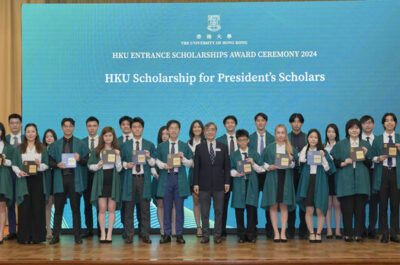



![[PR] PR_Ascott and Vimut Hospital_2024](https://www.traveldailynews.asia/wp-content/uploads/2024/04/PR-PR_Ascott-and-Vimut-Hospital_2024-400x265.jpg)








